 Facebook
Facebook
 X
X
 Instagram
Instagram
 TikTok
TikTok
 Youtube
Youtube

Jack told me how a retired SEAL officer and CIA operative had recruited SEAL Team guys for a commando op: to recon the underwater hulls — and especially the keels — of the 75-foot racing sloops that were being prepared in various boat basins and marinas of San Diego Bay for the 1992 America's Cup. "The ops began in July of '91 and continued until the goombahs and Koch squared off for the cup in May of '92,"
By Bill Salisbury, May 4, 1995 | Read full article
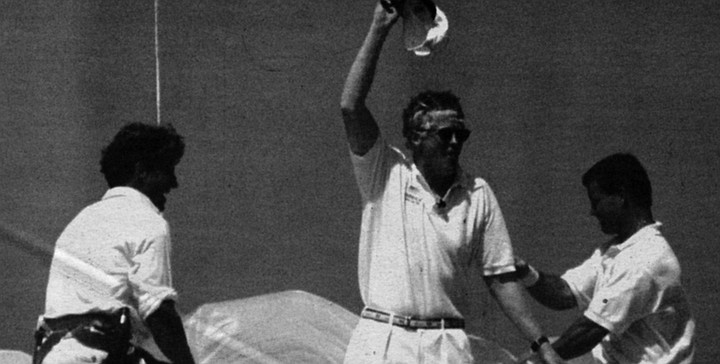
"On the Meridian Hotel pier — between the Oakwood Apartments and the Coronado bridge, about 300 meters south of the kiwi compound, Raging Bull or me would take a folding chair onto the pier and pretend to read a newspaper. From that pier we had a good look north, right into the kiwi dock area where they put in and took out their boats. In fact, you couldn't see into the area from anywhere else.'
By Bill Salisbury, May 11, 1995 | Read full article
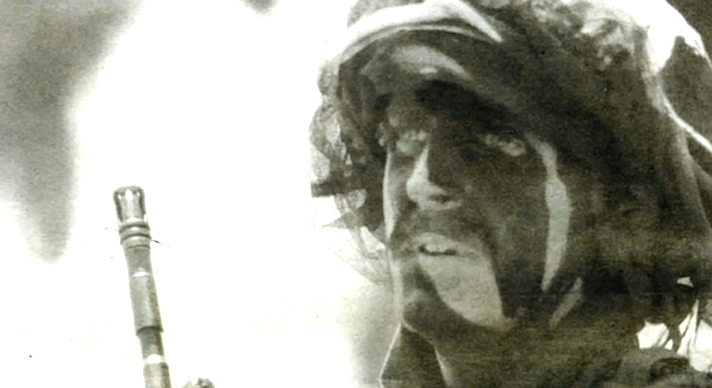
“So they were sitting in the car when Brown [appeared], got into the car in the back seat uninvited, began to fool with Jennifer’s hair, and reached over from the back seat to the front. And she kept taking his hand off her shoulders, as did [Turner], telling him to leave her alone. And the next thing you know, the Brown boy had her around the neck...both arms around her neck!”
By Bill Salisbury, Aug. 3, 1995 | Read full article
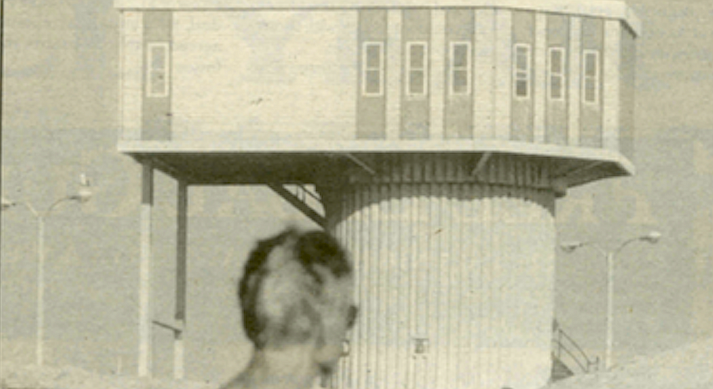
The ability to hold one's breath is a badge of honor in the teams. The champ when I came on board was a legendary instructor named Paul McNally. I recall how other trainees and I assembled our first week at the Amphib Base pool to watch in awe as McNally dived to the bottom and remained motionless in 12 feet of water for nearly five minutes. The lesson was clear: this is what a real frogman can do.
By Bill Salisbury, March 13, 1997 | Read full article
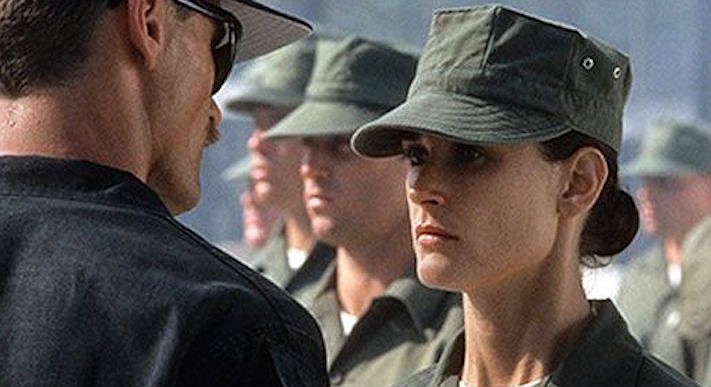
"You've no idea the lengths some of these wannabes will go to. One claimed to have been a SEAL admiral to help him land a top job in a San Diego corporation. There are only five SEALs who have made admiral. We know them all like the backs of our hands. But if the company hadn't checked with us — he was a total fraud — they would have hired him."
By Bill Manson, Nov. 26, 1997 | Read full article

Lt. "Pete" Peterson, now a retired captain, contradicted six stories in the book in his testimony to the jury. "I did not see Mr. Watson run [away from enemy fire]. I never heard of such a thing happening when I was in Vietnam." He said he never yelled at Watson, "Charlie! STOP! Stop running!" as quoted in the book. He said Watson did not leave Vietnam because he "cracked" but because of a debilitating illness and hospital stay.
By Bill Manson, Feb. 18, 1999 | Read full article
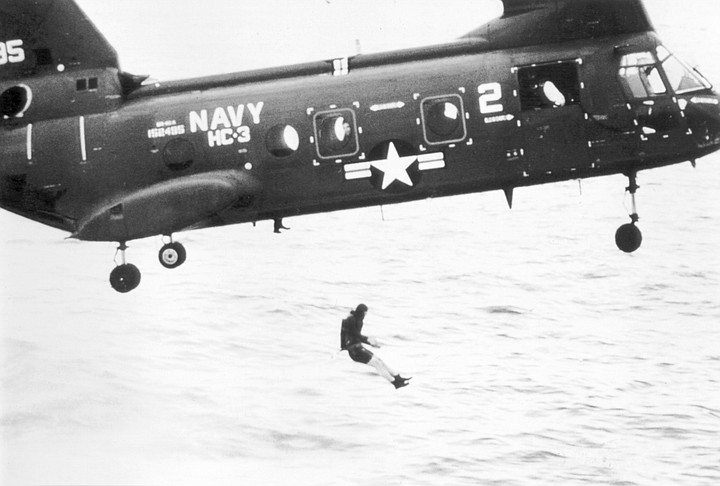
"We used two methods and sometimes combined them. First method was a very low-level approach with a helo that had muffled engines. The helo would flare up above the ship's fantail and land if there was room. If not, the pilot would hover about 30 feet over the ship, and we would fast-rope onto the deck. Could put a boat crew or squad of seven to eight men on the target in less than ten seconds."
By Bill Salisbury, Dec. 16, 1999 | Read full article
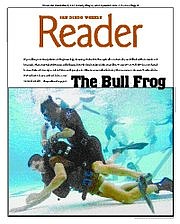
Roger doesn’t talk much about the op that killed Billy — the first SEAL to die in Vietnam — or any other of the many ops he survived in the Rung Sat. Instead, he likes to spin stories of his days in Da Nang, where he and other SEALs trained mercenaries for the CIA. The SEALs ferried the mercs up north in PT boats called Nastys for raids above the DMZ. Nastys precipitated the Tonkin Gulf incident.
By Bill Salisbury, Dec. 14, 2000 | Read full article
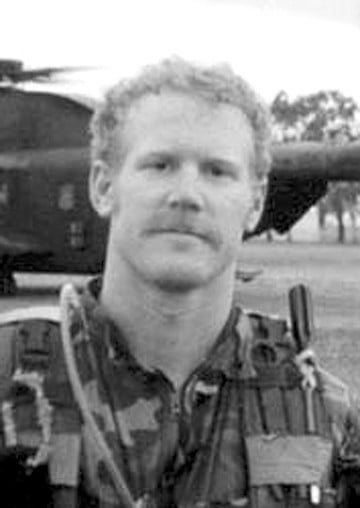
Roberts had survived the fall without serious injury. He scrambled under fire into the rocks and activated his beacon — a transmitter SEALs carry preset to an emergency frequency. Aircraft in the area monitor this frequency. When the aircraft receive a signal, they suspend all activity and execute a plan to rescue the downed SEAL. The SEAL can guide the rescue and call in close air support with the same radio that contains the beacon.
By Bill Salisbury, April 4, 2002 | Read full article
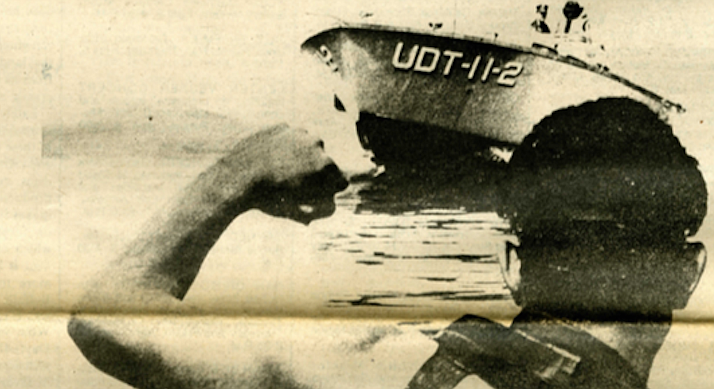
A girl was called (sometimes you can still hear it in Coronado) a toad. As in "Hey, there were a lot of good lookin' toads at Bully's last Thursday" or "Hey, where's my toad; oh, here you are; come on honey, let's go home." Not all "toads" were real SEAL groupies, but since I had heard a lot about "team girls," I asked. The two lieutenants claimed that only enlisted men had regular team girls.
By Carlos Bey, Apr. 5, 1973 | Read full article
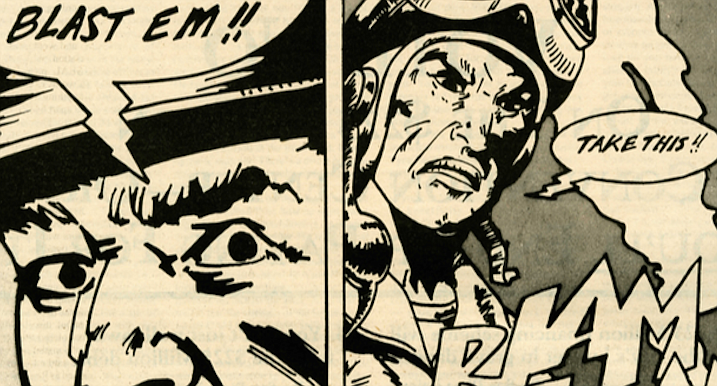
Johnson claims that the SEALs were not responsible for the majority of fights in Coronado; he, too, saw more SEALs walk away from challenges than accept them. But he won’t deny that the Tradewinds atmosphere was often volatile. “That was pretty well a team bar,” Johnson told me with a half smile. “Just anybody that wasn’t in the team didn’t go in there.” He added that he never saw a fight between two SEALs in the bar.
By R.W. Bell, Jr. April 2, 1981 | Read full article
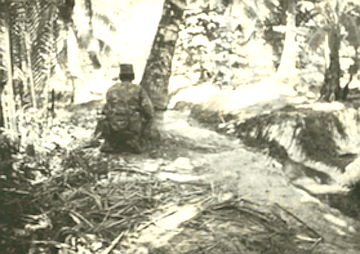
The sampan turned in the current to reveal a VC who still gripped the gunwale. The sampan was coming apart beneath that grip, planks splintering under the assault of rounds, the Kohler outboard blasted off the transom by a 40 mike-mike. Still the VC held with what by now was surely a death grip. Our fire found the hand, severed it from the body, which drifted downstream to snag on a root and hold.
By Bill Salisbury, Aug. 2, 1990 | Read full article
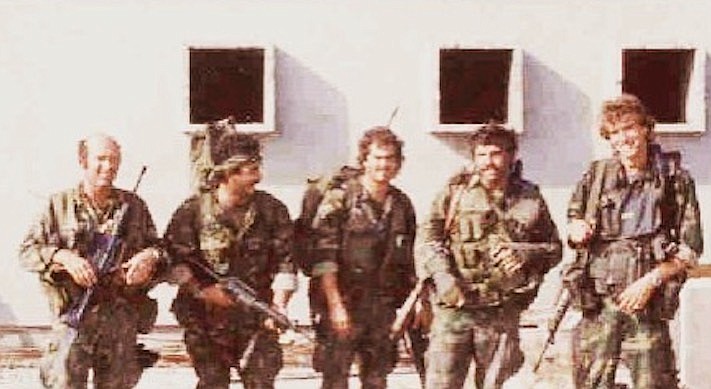
“There was this fisherman who said he saw four guys in wetsuits come out of the water, and then two days later he saw four bodies being thrown into the water. So we would like to think they made it, ’cause there was a boat smashed up on the beach. We would like to think the four of them got in that boat, made it to shore, got someplace, and were captured.”
By Bill Salisbury, Oct. 4, 1990 | Read full article
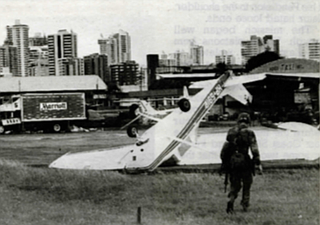
“They had to clear Pier 18 before their own charges went high-order. They returned to dive status and headed for Pier 17; they arrived just as the haversacks exploded and tore out the bottom of the Presidente Parras. As the shock waves pounded them, they clenched their mouthpieces so tightly they almost bit them in half; they jammed their masks hard against their faces, prayed their fins would not be ripped away by the pounding.”
By Bill Salisbury, Oct. 4, 1990 | Read full article
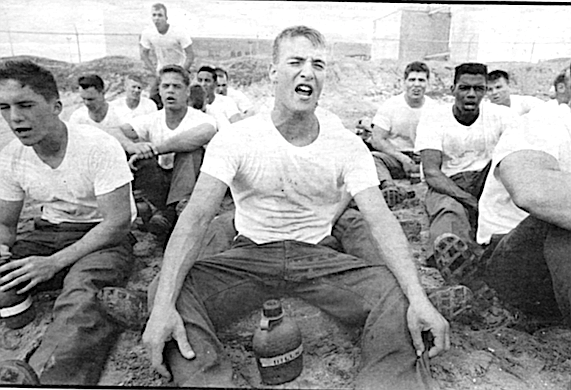
“In rock portage, trainees have to haul their rubber boats along the top of the boulders that form the Hotel Del breakwater. When they get to the end of the breakwater, they have to launch into the surf. It's tough enough climbing over those slick boulders without having to haul a 200-pound Boat along. And when those waves build to 10 or 12 feet, crashing right on the rocks, it’s just about impossible to complete the mission.”
By Bill Salisbury, March 12, 1992 | Read full article


Jack told me how a retired SEAL officer and CIA operative had recruited SEAL Team guys for a commando op: to recon the underwater hulls — and especially the keels — of the 75-foot racing sloops that were being prepared in various boat basins and marinas of San Diego Bay for the 1992 America's Cup. "The ops began in July of '91 and continued until the goombahs and Koch squared off for the cup in May of '92,"
By Bill Salisbury, May 4, 1995 | Read full article

"On the Meridian Hotel pier — between the Oakwood Apartments and the Coronado bridge, about 300 meters south of the kiwi compound, Raging Bull or me would take a folding chair onto the pier and pretend to read a newspaper. From that pier we had a good look north, right into the kiwi dock area where they put in and took out their boats. In fact, you couldn't see into the area from anywhere else.'
By Bill Salisbury, May 11, 1995 | Read full article

“So they were sitting in the car when Brown [appeared], got into the car in the back seat uninvited, began to fool with Jennifer’s hair, and reached over from the back seat to the front. And she kept taking his hand off her shoulders, as did [Turner], telling him to leave her alone. And the next thing you know, the Brown boy had her around the neck...both arms around her neck!”
By Bill Salisbury, Aug. 3, 1995 | Read full article

The ability to hold one's breath is a badge of honor in the teams. The champ when I came on board was a legendary instructor named Paul McNally. I recall how other trainees and I assembled our first week at the Amphib Base pool to watch in awe as McNally dived to the bottom and remained motionless in 12 feet of water for nearly five minutes. The lesson was clear: this is what a real frogman can do.
By Bill Salisbury, March 13, 1997 | Read full article

"You've no idea the lengths some of these wannabes will go to. One claimed to have been a SEAL admiral to help him land a top job in a San Diego corporation. There are only five SEALs who have made admiral. We know them all like the backs of our hands. But if the company hadn't checked with us — he was a total fraud — they would have hired him."
By Bill Manson, Nov. 26, 1997 | Read full article

Lt. "Pete" Peterson, now a retired captain, contradicted six stories in the book in his testimony to the jury. "I did not see Mr. Watson run [away from enemy fire]. I never heard of such a thing happening when I was in Vietnam." He said he never yelled at Watson, "Charlie! STOP! Stop running!" as quoted in the book. He said Watson did not leave Vietnam because he "cracked" but because of a debilitating illness and hospital stay.
By Bill Manson, Feb. 18, 1999 | Read full article

"We used two methods and sometimes combined them. First method was a very low-level approach with a helo that had muffled engines. The helo would flare up above the ship's fantail and land if there was room. If not, the pilot would hover about 30 feet over the ship, and we would fast-rope onto the deck. Could put a boat crew or squad of seven to eight men on the target in less than ten seconds."
By Bill Salisbury, Dec. 16, 1999 | Read full article

Roger doesn’t talk much about the op that killed Billy — the first SEAL to die in Vietnam — or any other of the many ops he survived in the Rung Sat. Instead, he likes to spin stories of his days in Da Nang, where he and other SEALs trained mercenaries for the CIA. The SEALs ferried the mercs up north in PT boats called Nastys for raids above the DMZ. Nastys precipitated the Tonkin Gulf incident.
By Bill Salisbury, Dec. 14, 2000 | Read full article

Roberts had survived the fall without serious injury. He scrambled under fire into the rocks and activated his beacon — a transmitter SEALs carry preset to an emergency frequency. Aircraft in the area monitor this frequency. When the aircraft receive a signal, they suspend all activity and execute a plan to rescue the downed SEAL. The SEAL can guide the rescue and call in close air support with the same radio that contains the beacon.
By Bill Salisbury, April 4, 2002 | Read full article

A girl was called (sometimes you can still hear it in Coronado) a toad. As in "Hey, there were a lot of good lookin' toads at Bully's last Thursday" or "Hey, where's my toad; oh, here you are; come on honey, let's go home." Not all "toads" were real SEAL groupies, but since I had heard a lot about "team girls," I asked. The two lieutenants claimed that only enlisted men had regular team girls.
By Carlos Bey, Apr. 5, 1973 | Read full article

Johnson claims that the SEALs were not responsible for the majority of fights in Coronado; he, too, saw more SEALs walk away from challenges than accept them. But he won’t deny that the Tradewinds atmosphere was often volatile. “That was pretty well a team bar,” Johnson told me with a half smile. “Just anybody that wasn’t in the team didn’t go in there.” He added that he never saw a fight between two SEALs in the bar.
By R.W. Bell, Jr. April 2, 1981 | Read full article

The sampan turned in the current to reveal a VC who still gripped the gunwale. The sampan was coming apart beneath that grip, planks splintering under the assault of rounds, the Kohler outboard blasted off the transom by a 40 mike-mike. Still the VC held with what by now was surely a death grip. Our fire found the hand, severed it from the body, which drifted downstream to snag on a root and hold.
By Bill Salisbury, Aug. 2, 1990 | Read full article

“There was this fisherman who said he saw four guys in wetsuits come out of the water, and then two days later he saw four bodies being thrown into the water. So we would like to think they made it, ’cause there was a boat smashed up on the beach. We would like to think the four of them got in that boat, made it to shore, got someplace, and were captured.”
By Bill Salisbury, Oct. 4, 1990 | Read full article

“They had to clear Pier 18 before their own charges went high-order. They returned to dive status and headed for Pier 17; they arrived just as the haversacks exploded and tore out the bottom of the Presidente Parras. As the shock waves pounded them, they clenched their mouthpieces so tightly they almost bit them in half; they jammed their masks hard against their faces, prayed their fins would not be ripped away by the pounding.”
By Bill Salisbury, Oct. 4, 1990 | Read full article

“In rock portage, trainees have to haul their rubber boats along the top of the boulders that form the Hotel Del breakwater. When they get to the end of the breakwater, they have to launch into the surf. It's tough enough climbing over those slick boulders without having to haul a 200-pound Boat along. And when those waves build to 10 or 12 feet, crashing right on the rocks, it’s just about impossible to complete the mission.”
By Bill Salisbury, March 12, 1992 | Read full article
Comments